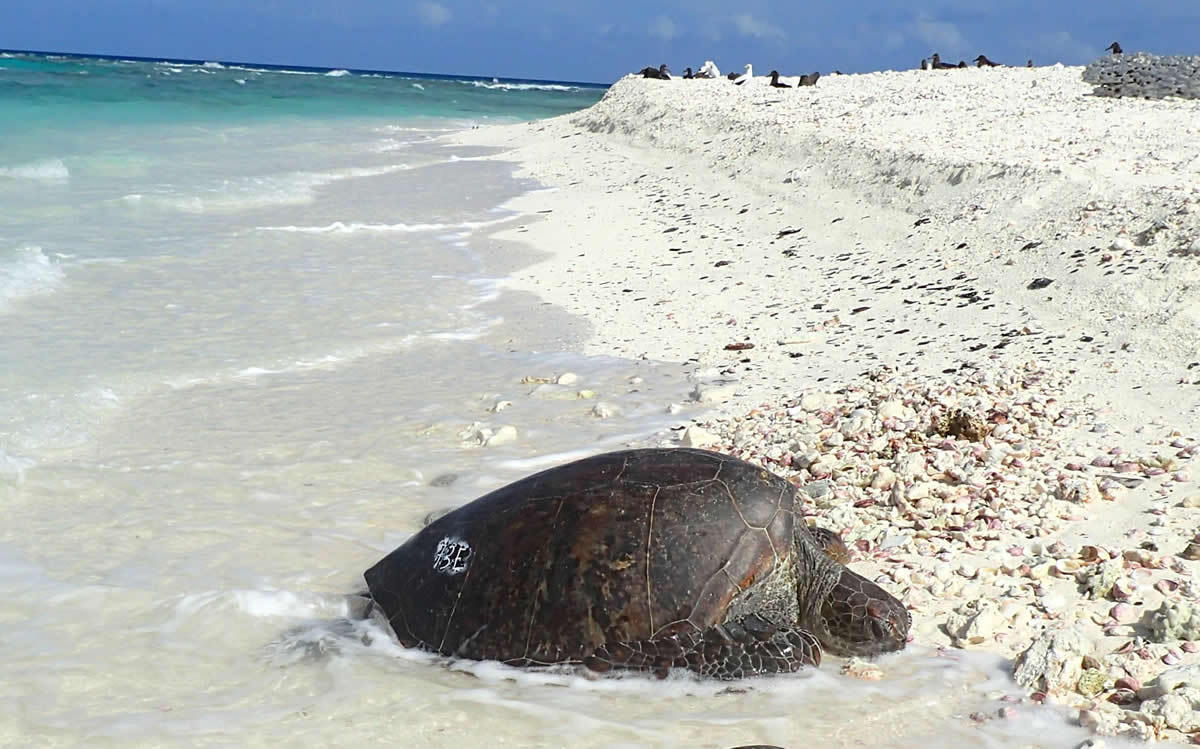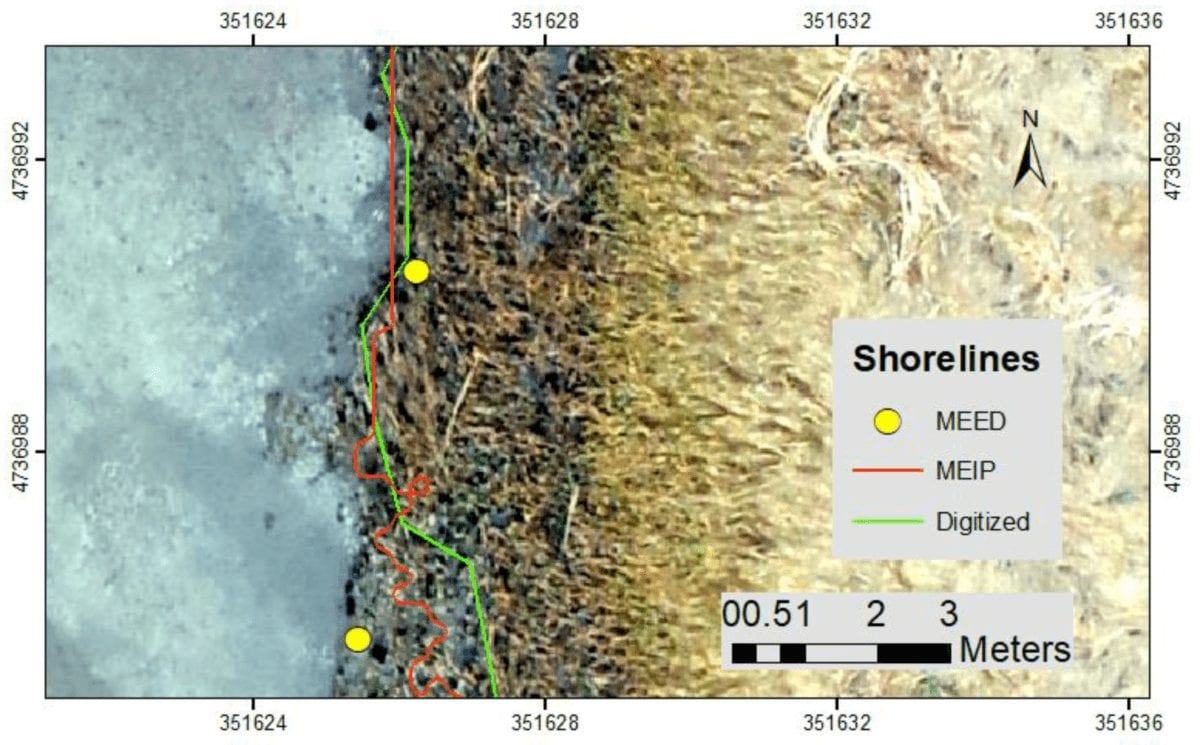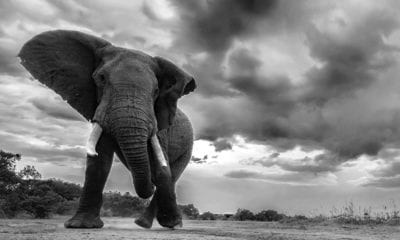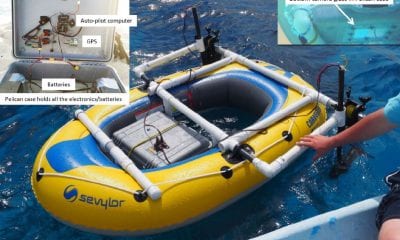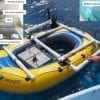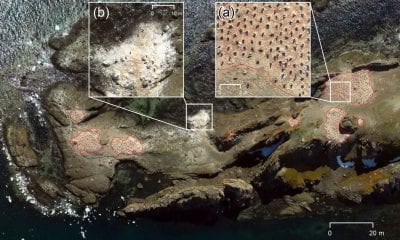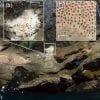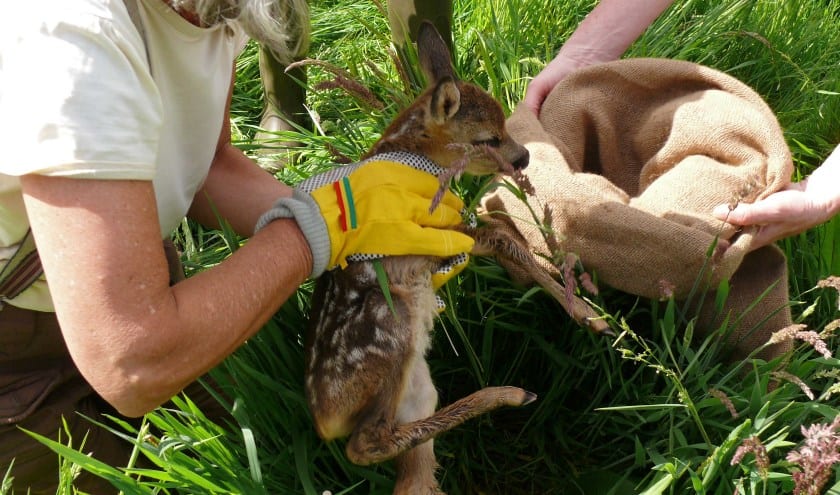
Conservation
Saving Fawns With Drones in Holland
A conservation organisation in Holland wants to purchase two drones for their Fawn Rescue Team and has started a recruitment campaign. The Fawn Rescue Team scans the grasslands every year from April to calves to prevent them from ending up in the mowing machine. A drone can help to save more fawns.
Roe deer bear their calves from April, and hide them in the tall grass, so that they remain hidden in the vegetation. The mother continues to care for the calves, but leaves them behind to be able to eat undisturbed. The calves are almost odorless and super camouflaged. After a few weeks the suckling time is over and the calves are completely in contact with their mother.
“It is precisely this nursing time that is vulnerable,” says assistant ranger Rolf Dijkstra and field officer Rick Polman. They each coordinate a Fawn Rescue Team from Utrecht Landscape. The suckling time is exactly in the period that mowing takes place. Farmers who rent grassland from Utrecht Landscape agreed to call Dijkstra and Polman before mowing.
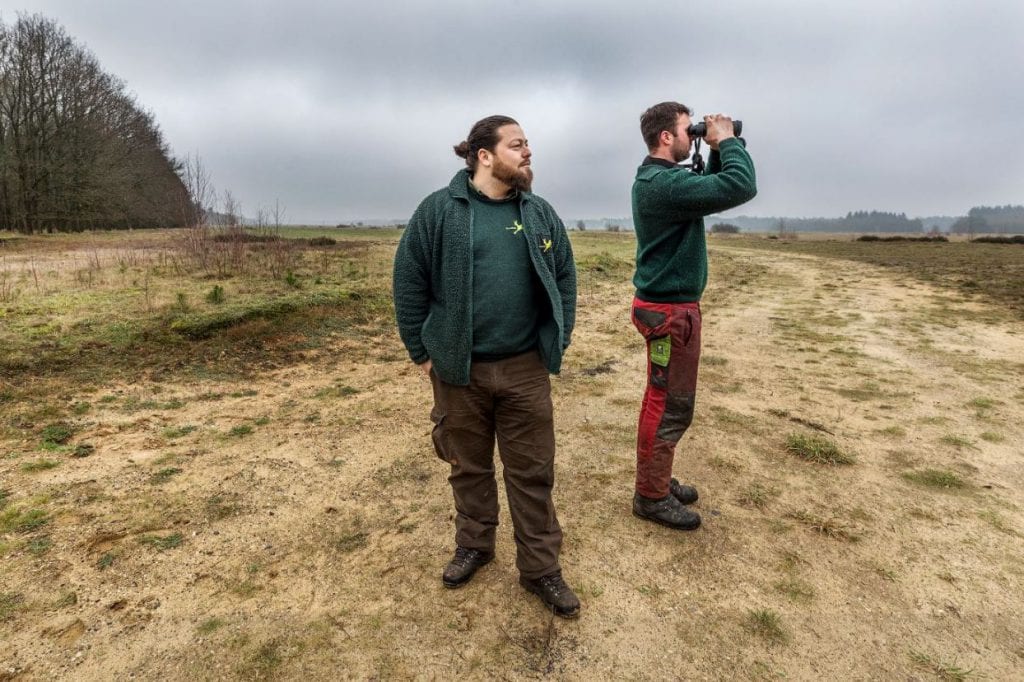
Rick and Rolf would like to buy drones so they can save every fawn | Utrechts Landschap / Twitter
“Just before the farmer starts mowing, we walk through the grassland with a team of volunteers, so we go in line so that we do not miss anything, that is intensive work”, says Rolf Dijkstra.
“And then we still miss a calf, unfortunately, a newborn fawn is smaller than a hare, and it is difficult to find them in half-meter high grass that is flattened by wind or rain.” If the team finds a fawn, it is placed on the edge of a parcel using a jute bag and gloves. This way there is no smell of people at the calf. When the mowing work is finished, the team returns the calf.
In order to save even more calves, Rick and Rolf would like to use a drone equipped with a heat camera. Rick Polman explains, “By using thermal images we find every animal, no matter how small and hidden.”
Rick en Rolf willen graag drones aanschaffen zodat ze élk reekalfje kunnen redden. Om Rick en Rolf te helpen zijn we een wervingscampagne gestart: https://t.co/BY8J65NLzY pic.twitter.com/w6DesDkb2H
— Utrechts Landschap (@UtrLandschap) March 10, 2018
Utrecht Landscape needs 16,000 euros to purchase the two required drones and train its employees in their use. Dijkstra and Polman calling on the public to support the action. “We want to save every fawn this summer, a drone never misses a calf”, says Rick Polman. To support the action see www.utrechtslandschap.nl.
Utrecht Landscape is the protector of nature and heritage in the Dutch province of Utrecht and was founded in 1927. Utrechts Landscape currently has 600 volunteers, 24,500 Protectors and 63 Business Friends. It buys nature reserves, develops them and manages this nature where necessary.









